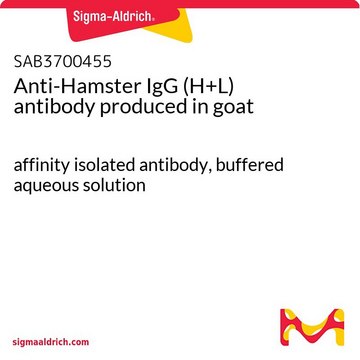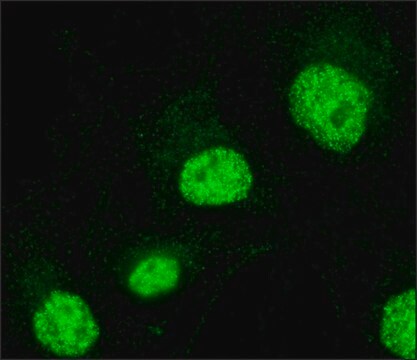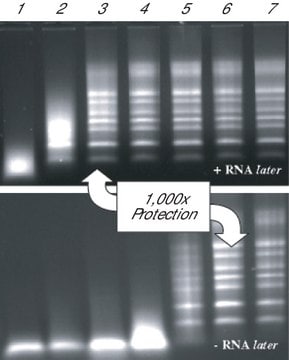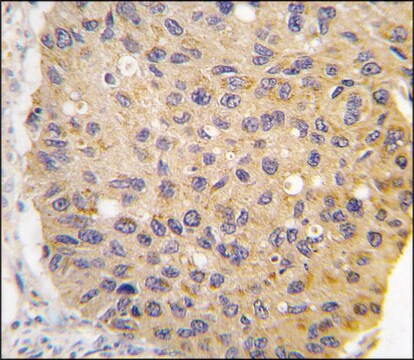SAB4200609
Monoclonal Anti-diMethyl-Histone H3 (diMe-Lys9) (H3K9me2) antibody produced in mouse
~1.0 mg/mL, clone 5E5-G5, purified immunoglobulin
同義詞:
Anti-H3F3A H3.3A H3F3 PP781 H3F3B H3.3B, Anti-HIST1H3A H3FA, Anti-HIST1H3B H3FL, Anti-HIST1H3C H3FC, Anti-HIST1H3D H3FB, Anti-HIST1H3E H3FD, Anti-HIST1H3F H3FI, Anti-HIST1H3G H3FH, Anti-HIST1H3H H3FK, Anti-HIST1H3I H3FF, Anti-HIST1H3J H3FJ, Anti-HIST2H3A HIST2H3C H3F2 H3FM HIST2H3D
About This Item
推薦產品
生物源
mouse
共軛
unconjugated
抗體表格
purified immunoglobulin
抗體產品種類
primary antibodies
無性繁殖
5E5-G5, monoclonal
形狀
buffered aqueous solution
分子量
antigen ~17 kDa
濃度
~1.0 mg/mL
技術
immunoblotting: 2-4 μg/mL using histones isolated from human HeLa cells.
immunofluorescence: 1-2 μg/mL using human HeLa cells.
同型
IgG1
運輸包裝
dry ice
儲存溫度
−20°C
目標翻譯後修改
dimethylation (Lys9)
一般說明
免疫原
應用
生化/生理作用
外觀
免責聲明
未找到適合的產品?
試用我們的產品選擇工具.
儲存類別代碼
10 - Combustible liquids
閃點(°F)
Not applicable
閃點(°C)
Not applicable
分析證明 (COA)
輸入產品批次/批號來搜索 分析證明 (COA)。在產品’s標籤上找到批次和批號,寫有 ‘Lot’或‘Batch’.。
我們的科學家團隊在所有研究領域都有豐富的經驗,包括生命科學、材料科學、化學合成、色譜、分析等.
聯絡技術服務







